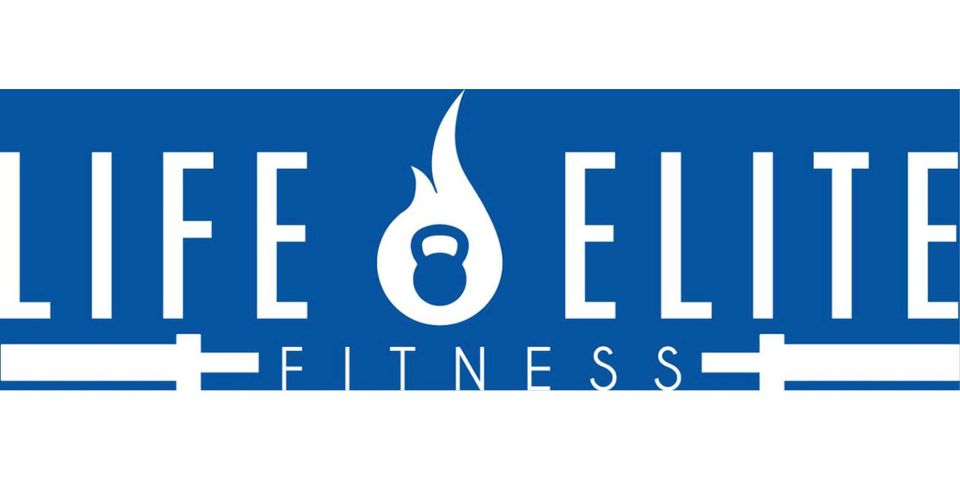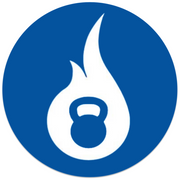Introduction to Calisthenics and why it might be for you!

What is calisthenics:
Calisthenics is a exercise style that involves using only your own body weight to train your muscles and load your joints through different movement patterns to increase strength, endurance, balance, reduce fat, and increase lean muscle mass. If bodyweight exercises are too easy, additional weights can be added via a weighted vest or belt. This article will cover:
• The benefits of calisthenics over weight room training,
• Different levels of calisthenics,
• The general equipment used in calisthenics, and
• How calisthenics benefits the body
Benefits of calisthenics over weight room training:
Calisthenics and weight-room training have numerous benefits, both of which I do regularly. However, as I age, I lean more towards calisthenics and less heavy weight training in hopes to help my body last longer. Over time, the use of external force with free weights to load different joint and muscles can create wear on the joints and tendons which can lead to pain later in life.
Calisthenics, on the other hand, uses a person's own body weight as force to apply to muscles and joints throughout a workout. Novice movements like push ups, sit ups, squats, lunges, pull ups, and dips all involve moving from one point to another in a controlled tempo until exhaustion or holding a position in the loaded point until exhaustion. More advanced calisthenics like handstands or handstand push ups, planche's, muscle ups, single arm pull ups, flips, pistol squats, front levers, front level rows on bar involve maintaining static positions or moving the body around a point.
The more advanced movements can cause injury to joints, muscles, and tendons if you don’t build up to them. But once you’ve developed these abilities, this type of training reduces the risk of injury and improves daily life function since a lot of these calisthenics movements are used in everyday life. In addition, calisthenics training requires you balance your body through the movements which increases your neuromuscular connection and strengthens your neutralizers and stabilizers (smaller muscle groups) which helps to greatly prevent injury from falling or poor muscle contraction.
Different levels of calisthenics:
When starting a calisthenics program you should always take into account your current level of health and fitness. Beginners should start with the simplest movements such as incline walking, jogging, jump rope, crunches, leg lifts, assisted squats and lunges, modified push ups from knees, band-assisted pull ups or bar holds etc. Once these movements become easy and you can do 15 or more reps, you can increase to slightly harder movements such as running, unassisted squats and lunges, sit ups, leg lifts to the bar while hanging, full push ups and pull ups, dips, and wall climbs. As you progress with your endurance and strength, you can start working on building the balance and strength needed for advanced movements such as handstands off the wall, handstand push ups, planche holds and push ups, muscle ups, and front levels.
Different equipment used for calisthenics:
Novice:
• Resistance bands to help reduce body weight
• TRX (suspension trainer)
• Pull up bars
• Dip bars
• Wrist, elbow, and knee wraps for support
Advanced:
• Weighted vest
• Weighted belt
• Pull up bars
• Dip bars
• Wrist, elbow, and knee wraps for support
How calisthenics benefits the body:
• Fat loss
• Increased neuromuscular function
• Increased strength
• Increased endurance
• Reduced risk of injury
• Increased balance
• Toned muscles
• Good range of motion
• Improved mental health and confidence
In short, calisthenics is a fun form of exercise that can help you get into the best shape of your life with little to no equipment and a reduced risk of injury. For more information visit our Facebook page and asked questions or come in to Life & Elite Fitness, Co. for a free health assessment and take a class on calisthenics to learn how to get started today!
About the Business
Have a question? Ask the experts!
Send your question

